On January 9, 2012, four leading health organizations released the first-ever national standards for sexuality education in schools. Published in the Journal of School Health, the ground-breaking National Sexuality Education Standards: Core Content and Skills, K-12 provide clear, consistent, and straightforward guidance on the essential minimum, core content for sexuality education that is developmentally and age-appropriate for students in grades Kindergarten through grade 12.
The standards focus on seven topics:
- Anatomy and Physiology
- Puberty and Adolescent Development
- Identity, Pregnancy, and Reproduction
- Sexually Transmitted Diseases and HIV
- Healthy Relationships
- Personal Safety
The National Sexuality Education Standards are not a mandate and they are not a sexuality education curriculum. Topics are presented using performance indicators—what students should know and should be able to do by the end of grades 2, 5, 8, and 12—and are based on the National Health Education Standards.
Download the National Sexuality Education Standards now!
HOW AND WHY WERE THE NATIONAL SEXUALITY EDUCATION STANDARDS DEVELOPED?
The standards are the result of a cooperative effort by the American Association of Health Education, the American School Health Association, the National Education Association Health Information Network, and the Society of State Leaders of Health and Physical Education, in coordination with the Future of Sex Education Initiative. Nearly 40 stakeholders including content experts, medical and public health professionals, teachers, sexuality educators, and young people developed the standards in a two-year process.
The National Sexuality Education Standards were developed to address the inconsistent implementation of sexuality education nationwide and the limited time allocated to teaching the topic. General health education is given very little time in the school curriculum. Even less time is dedicated to sexuality education. According to the School Health Policies and Practices Study, a national survey conducted by the Centers for Disease Control and Prevention’s Division of Adolescent School Health, a median total of 17.2 hours is devoted to instruction in HIV, pregnancy and STD prevention: 3.1 hours in elementary, 6 hours in middle and 8.1 hours in high school. Studies have repeatedly found that health programs in school can help young people succeed academically and programs that included health education have a positive effect on overall academic outcomes, including reading and math scores.
HOW IS ICAH USING THE NATIONAL SEXUALITY EDUCATION STANDARDS?
ICAH’s training and education reflect our approach to sexuality education that is medically accurate, developmentally- & age-appropriate, culturally sensitive, trauma-informed, and inclusive of youth with lesbian, gay, bisexual, transgender, queer, and questioning identities.
We use the National Sexuality Education Standards to develop the curriculum used in our Peer Education and Adult & Professional Development initiatives. ICAH also uses the National Sexuality Education Standards to inform the support and technical assistance we give to school districts on their sexual health education policies. In February 2013, Chicago Public Schools (CPS) updated its sexual health education policy, based on the National Sexuality Education Standards and developed with the guidance of ICAH and other community partners.
WHERE CAN I FIND OUT MORE ABOUT THE NATIONAL SEXUALITY EDUCATION STANDARDS?
Visit the Future of Sex Ed Initiative website.
Read the American School Health Association post.






